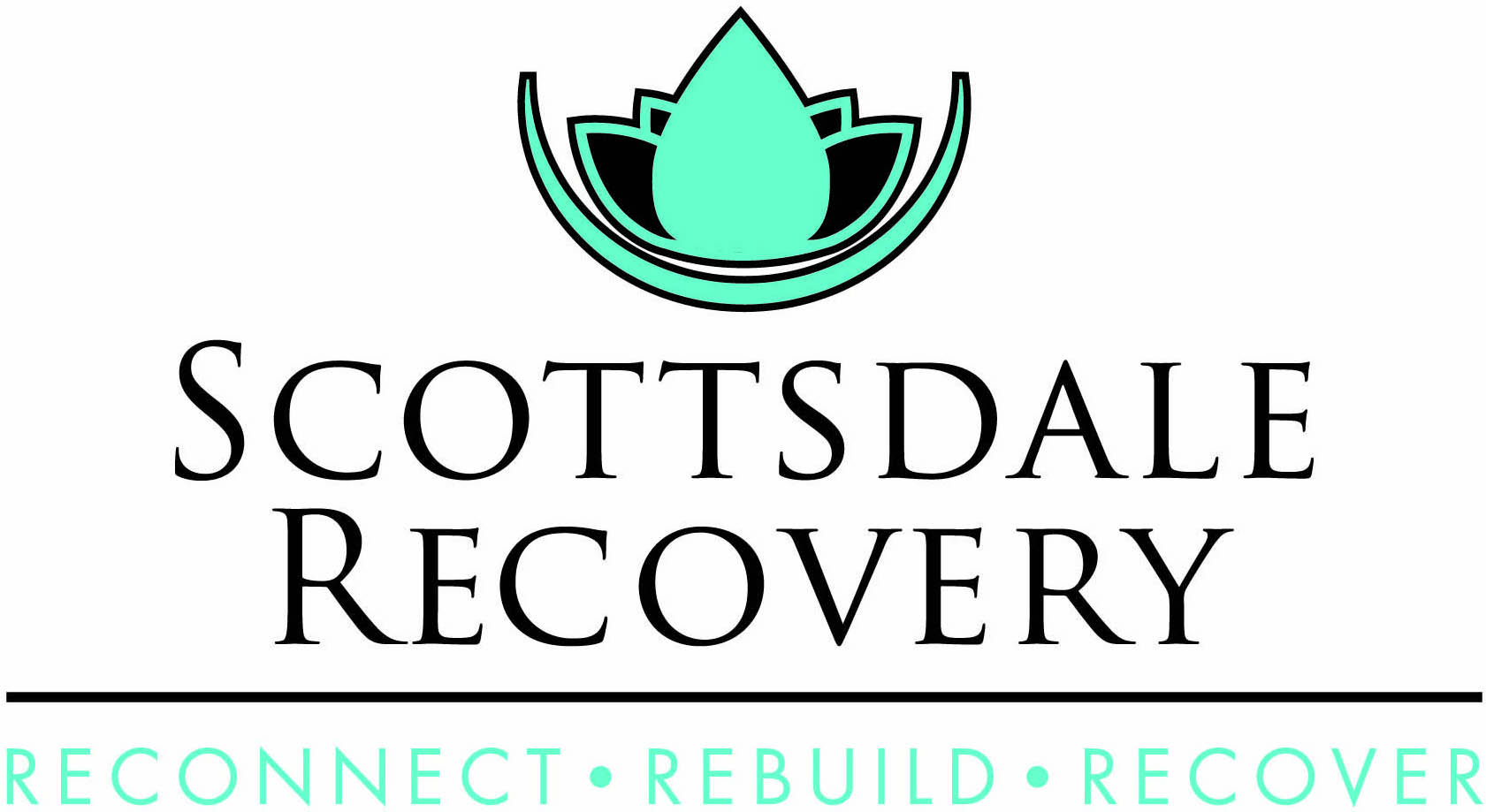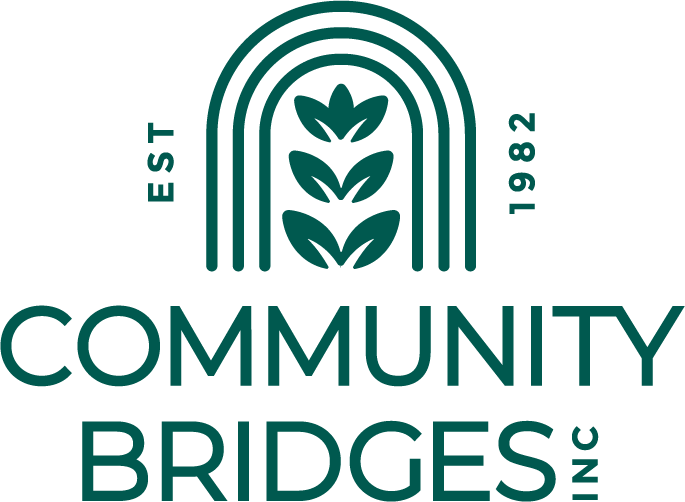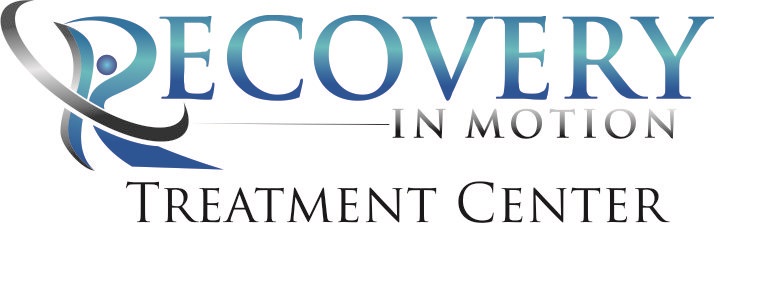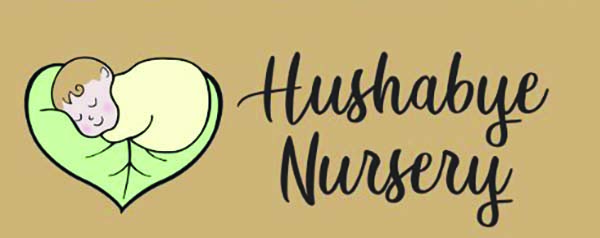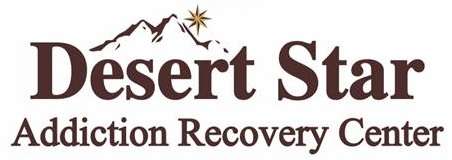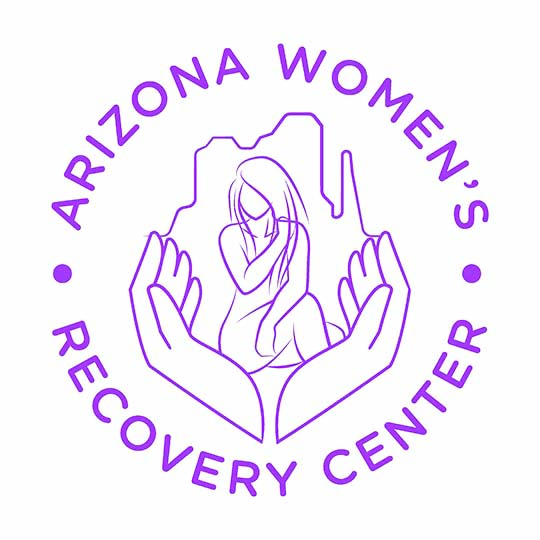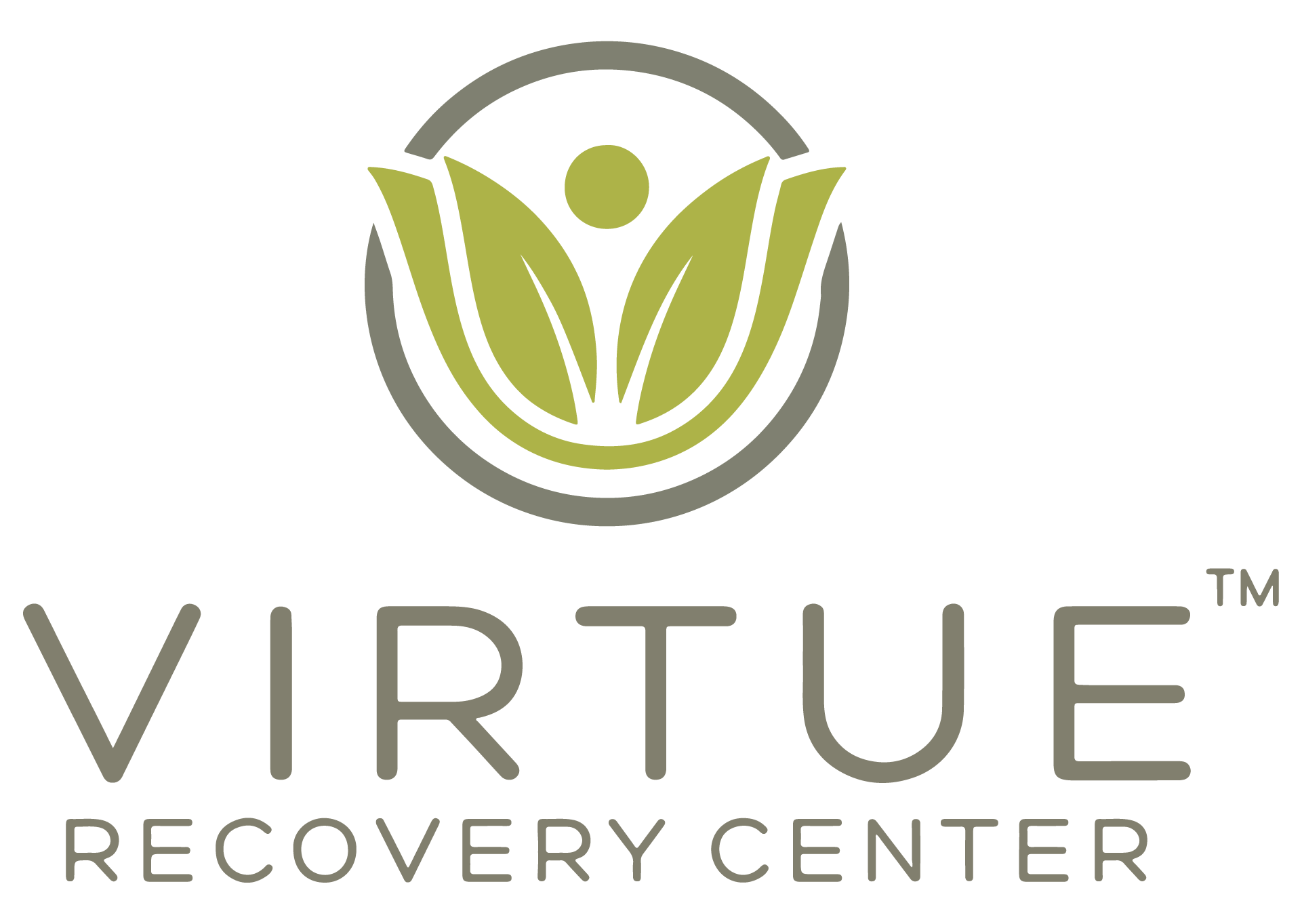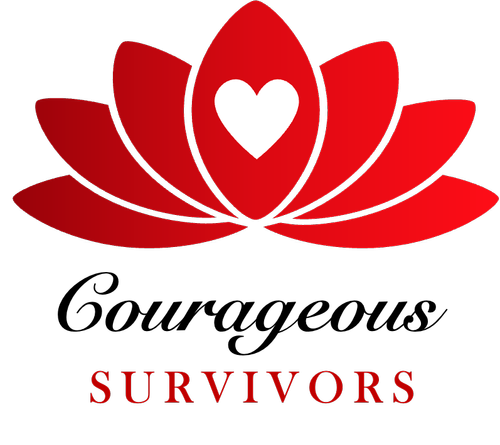By David Sack, M.D Women are catching up to men and, for once, it’s not good news. Decades ago, addiction was thought of as primarily a man’s disease. Alcoholism, for...
By David Sack, M.D
Women are catching up to men and, for once, it’s not good news. Decades ago, addiction was thought of as primarily a man’s disease. Alcoholism, for example, affected roughly five men for every woman in the 1980s. Despite the fact that women are twice as likely to die from alcoholism, by 2002 the ratio had shifted to 2.5 men to every woman.
In the past few decades, we’ve seen the same trend with prescription drugs. Although men still fall victim to prescription drug overdose more often, the number of women losing their lives to prescription drugs rose 400 percent between 1999 and 2010 (compared to 250 percent for men), according to a recent study by the Centers for Disease Control and Prevention (CDC). Every day, 18 women die of a prescription drug overdose in the U.S. That’s five times more than 10 years ago.
A Drug of Choice Among Women
Forty years ago, pain was widely under-treated with prescription painkillers reserved primarily for cancer or end-of-life pain. In 2001, there was a campaign to make pain the fifth vital sign, prompting health care professionals to assess and manage pain in the same way they would take a patient’s temperature or blood pressure. Now the scales have tipped the other way and, in some scenarios, pain is being over-treated with addictive medications even when non-addictive approaches would suffice.
Why are women, in particular, succumbing to prescription drug abuse? Women’s fondness for prescription drugs has a long history, reaching back to the 1960s and 70s when”Mother’s Little Helper” (Valium) was over-prescribed to help women cope with the pressures of motherhood.
Today, prescription painkillers are a drug of choice among women, in part because women are more likely to suffer from chronic pain. This could explain why women ages 45 to 54 had the most dramatic increases in drug overdose deaths in the CDC study. Women are more often prescribed painkillers and for longer periods of time than men. In fact, women are 50 percent more likely than men to leave their doctor’s office with a prescription, even if they have the same condition.
The majority of overdoses occur when prescription painkillers are combined with other depressants like alcohol or sedative hypnotics like Xanax or Ambien. Because women are twice as likely as men to have anxiety and 70 percent more likely to have depression, they are more often prescribed antidepressants and anti-anxiety medications, increasing their risk of dangerous drug interactions.
Whereas heroin or cocaine use carries a stigma, prescription painkillers have an air of legitimacy. People assume that if it’s legal and prescribed by a doctor, it must be safe. What many people do not realize is that prescription opiates are almost indistinguishable pharmacologically from heroin.
Equal Use, Unequal Consequences
Women are catching up to men in the rates of drug abuse and addiction, but the numbers don’t tell the whole story. Drugs’ negative effects strike women harder and faster than men. For example, alcohol does as much damage to women’s bodies in four years as it does to men’s bodies in 14 years.
Drug abuse escalates into addiction more quickly in women than it does in men, even when using the same (or smaller) dose, largely because of physiological differences such as women’s slower metabolism and ratio of fat to water in the body. These differences cause women’s bodies to hold onto drugs and alcohol longer, increasing the risk of health complications.Women are also more likely to use prescription drugs in combination with other drugs; hence the high overdose rates.
Even though they need treatment much sooner than men, women generally are slower to get help. Stigma, especially against addicted mothers, and responsibilities for child-rearing partly explain this treatment delay. Once they get help, women have comparable abstinence rates as men and may even relapse less often.
A Multifaceted Response
Prescription drug abuse is not a men’s issue or a women’s issue, but a health issue -one that requires a multifaceted response. State prescription monitoring programs help, but they can be burdensome for health care providers and patients and some patients work around them (for example, by crossing state lines to get multiple prescriptions).
Health care providers have a responsibility to prescribe painkillers appropriately, to educate patients about the risks and benefits of each treatment option, and to monitor patients for substance abuse and mental health issues. Patients have a responsibility to use prescription medications as directed, to tell their health care providers about other medications they’re taking, and to dispose of unused medication properly. On a fundamental level, we need a shift in our collective mindset that recognizes that the quick fix (in this case, pills) isn’t a fix at all, but the start of a new set of problems.
Need help with substance abuse or mental health issues? In the U.S., call 800-662-HELP (4357) for the SAMHSA National Helpline.
David Sack, M.D., is board-certified in psychiatry, addiction psychiatry and addiction medicine. He is CEO of Elements Behavioral Health, a network of mental health and addiction treatment centers that includes Promises, The Ranch, Right Step, The Recovery Place, The Sexual Recovery Institute, Malibu Vista, and Spirit Lodge.
Visit www.elementsbehavioralhealth.com.






